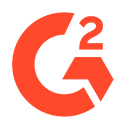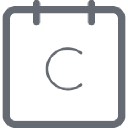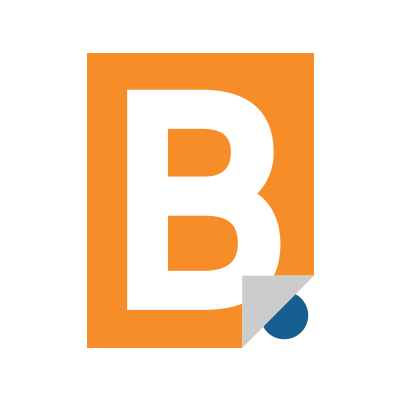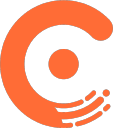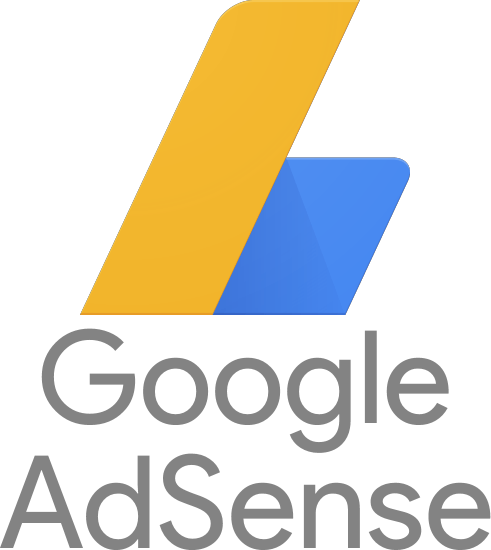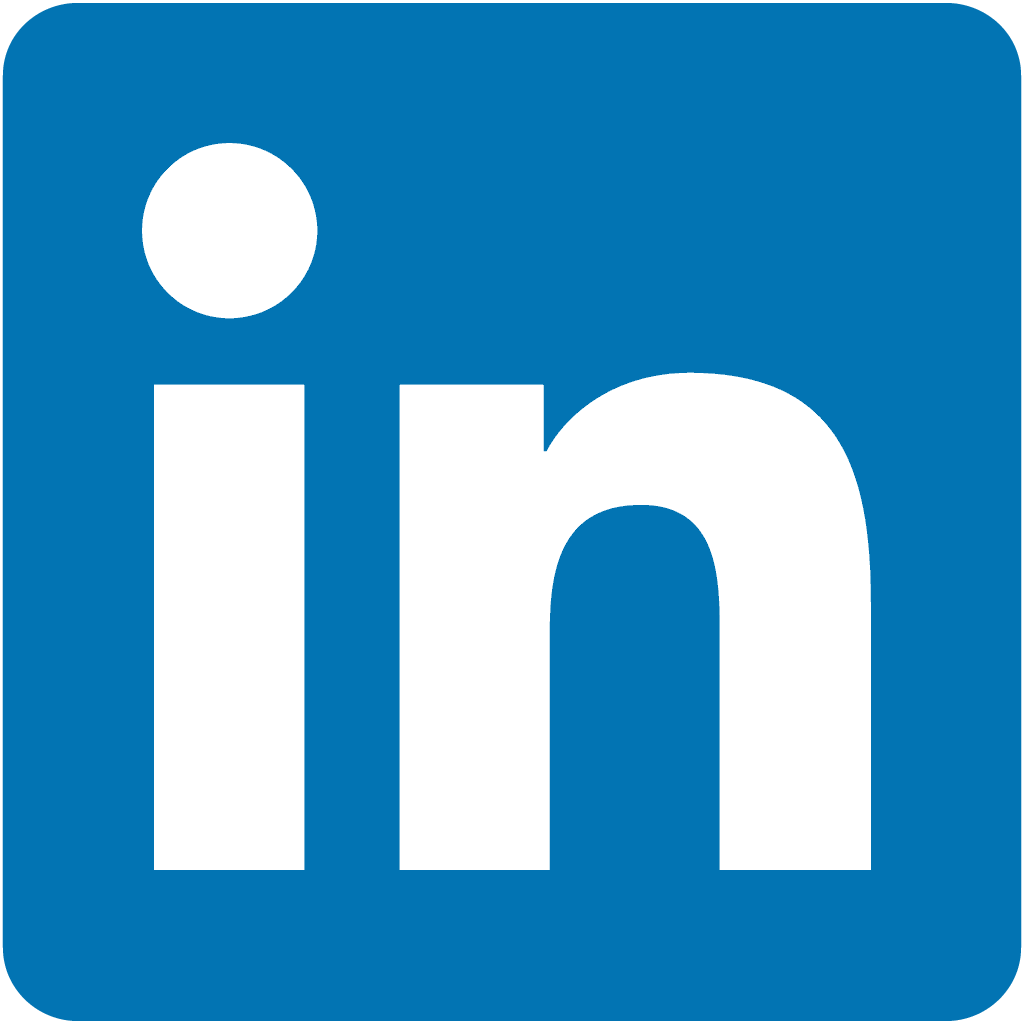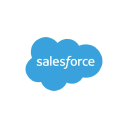Our Journey On How We Founded A Sales Gamification SaaS And Scaled It To $10M ARR
Hello! Who are you and what business did you start?
I’m Sindre Haaland, a Norwegian Viking splitting my time between New York City and Norway. I founded SalesScreen back in 2011 with some of my close friends from university and have served as the CEO ever since.
I’m proud to state that we are the world's leading sales gamification SaaS, with thousands of sales teams relying on SalesScreen to motivate their employees to goals every day all across the globe.
The tighter the ICP and the bigger the pain, the easier everything gets from selling, to marketing, implementing, and retaining customers.
A typical SalesScreen customer is a business with a high sales velocity motion, like an insurance company, software BDR team, recruitment, telco, real estate, banking, mortgage, or pure call center type of business looking to raise their sales performance by making everyday tasks more fun and exciting for their teams.
Today, we are closing in on $10,000,000 in recurring revenue and are growing fast.

Download the report and join our email newsletter packed with business ideas and money-making opportunities, backed by real-life case studies.

Download the report and join our email newsletter packed with business ideas and money-making opportunities, backed by real-life case studies.

Download the report and join our email newsletter packed with business ideas and money-making opportunities, backed by real-life case studies.

Download the report and join our email newsletter packed with business ideas and money-making opportunities, backed by real-life case studies.

Download the report and join our email newsletter packed with business ideas and money-making opportunities, backed by real-life case studies.

Download the report and join our email newsletter packed with business ideas and money-making opportunities, backed by real-life case studies.

Download the report and join our email newsletter packed with business ideas and money-making opportunities, backed by real-life case studies.

Download the report and join our email newsletter packed with business ideas and money-making opportunities, backed by real-life case studies.



